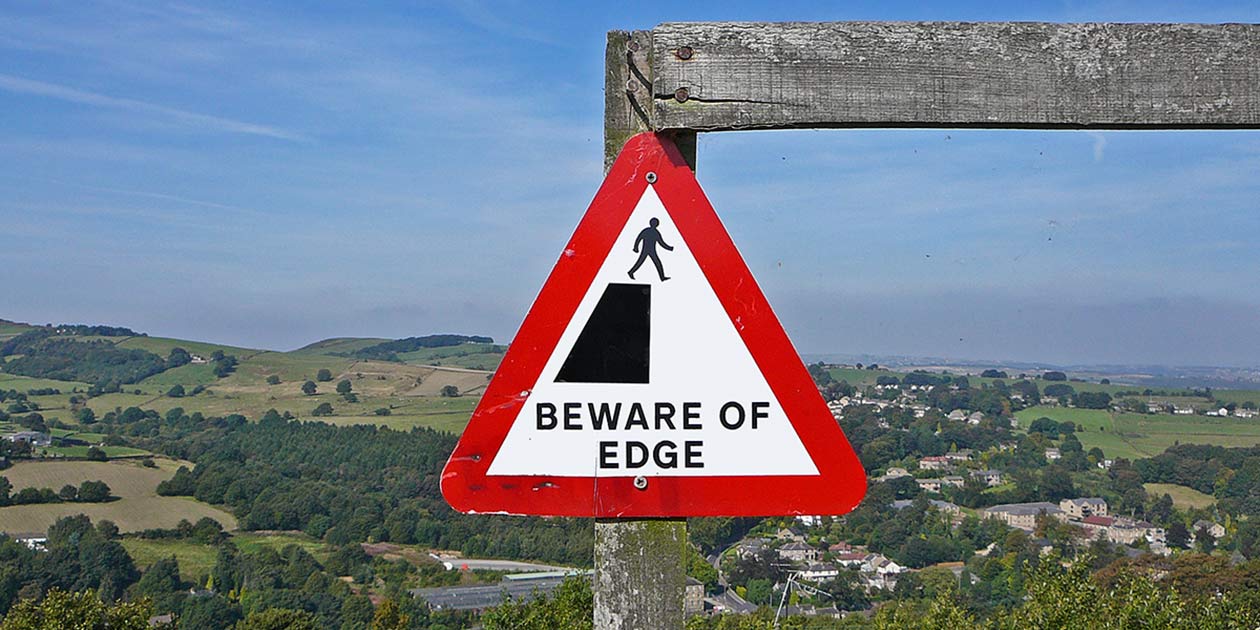About the least effective thing you can do to improve classroom learning is enact a major, centralized, top-down strategic learning plan, according to sociology professor Dan Chambliss, a leading thinker on higher education.
Chambliss, who leads our webinar How to Dramatically Improve the College Experience, says that educators only get better student outcomes when they focus on building and bolstering relationships with students.
In his book How College Works, based on eight years of careful research into pedagogy, Chambliss argues that centralized planning has its place in areas such as capital projects. Yet since teacher-student contact is at the core of the class, a consolidated plan that tries to structure the way humans act will inevitably fail:
“Planning succeeds—indeed, is necessary—for projects like putting up new science buildings, but buildings can’t decide they don’t want to be built. No steel girder got bored and walked away, or had its own agenda, or simply stopped attending meetings.
“People, though, do exactly that; people are famously recalcitrant materials. Hence strategic plans in practice require lots of oversight, monitoring, updates, and enforcement, all quite costly both to associate deans and to those they monitor.”
Chambliss goes on to argue this makework can look impressive on press releases and to alumni, but has little practical effect in the classroom. Following a micromanaged external strategic learning plan creates paperwork, and not much else.
Even planning to make an impact over a smaller scale can be fraught with difficulty, says Chambliss. Trying to change an individual professor’s teaching habits in situ is hard to do, particularly if they’re well-established, and with tenure.
Learn changes in classroom leadership and relationship building that every professor and teaching assistant can carry out without an expensive central learning initiative in our webinar, How to Dramatically Improve the College Experience, featuring Dan Chambliss.


